Step Out of Your Sand Box Part 1

Forty years ago, if an employee working for the French company, BiC, had suggested the idea of selling razors or lighters, he would have probably been criticized by upper management: “That’s absurd — we’re a pen company.” Indeed, if you’re boxed-in by the notion that “we’re a pen company,” lighters and razors are terrible ideas.
However, if you shift your mental sandbox and adopt a new outlook around ‘disposable plastic items’, lighters and razors suddenly constitute new fields of play that led BiC to substantially expand its sales.
So often we observe staff in Egyptian businesses engaged in the pursuit of new ideas to help expand their companies. Unfortunately, the quality and scope of these ideas are usually limited and the traditional way of thinking usually leads to biased results. This is because employees are trapped in their sandbox. This bias itself needs to be shattered.
A well-tested tool in the Egyptian market that breaks that bias in thinking is the Business Opportunity Map (BOM); an effective tool that companies can use to identify new fields of play, and eventually build complete business concepts.
The BOM organizes information into a simple understandable format, incorporates market and capability perspectives, provides structure to brainstorming sessions and functions as a visual communication tool for discussing new business opportunity areas.
To appreciate the power of the BOM, we need to understand where innovation comes from.
Some like to think that it is the work of a lone genius, but that’s not true. Innovation mostly takes place when a person with an idea shares that idea with another person. When ideas are shared and combined, they lead to an innovative breakthrough.
Ideas seem to isolated dots, but in the right context, they can be related. BOM manages the creation and connection of these dots. The BOM is comprised of five phases; Set-up, Diverge, Connect, Converge, and Emerge.
Set-up – To begin with, a company should put together a diverse team of coworkers. That team would start by defining the company’s problems and objectives: Where is the pressure to innovate coming from? How big of a problem is it? What kind of solutions are they looking for?
Diverge – Next, the team tries to figure out where the world is heading. Keeping in mind that the world around us is changing rapidly, whatever ideas the team comes up with, must make sense for future realities. Team members are asked to generate new ideas and step into the shoes of competitors, of potential partners, try to see life from other perspectives and identify new opportunities. Then the team is asked to organize these ideas over the five dimensions of the BOM; which we will discuss in another article. It is critical that idea fragments for every dimension are generated independently and mutually exclusive to break the bias in thinking that most Egyptian businesses suffer from.
Connect – After generating new ideas, the team starts connecting them in meaningful ways. For example, they will target a particular customer segment, addressing certain needs, by offering a particular product, coupled with a certain complementary service, delivered through a specific channel, differentiated by a particular capability, leveraging a certain partnership relationship and sold using a specific pricing model. Result: A new business concept has just been created and numerous other business concepts are generated in the same way.
Converge – The team is now happy because they have a whole bunch of compelling new business concepts. They can now choose which ones make the most sense for their company. Prioritization usually takes place based on how meaningful, compelling, actionable, differentiated, sustainable and profitable a business concept is. Strategic considerations are also looked at: How do the synthesized business concepts fit within the overall company’s strategy? How many falls within the company’s current core business and how many go beyond? Do the business concepts help create a balanced innovation portfolio mix around products and services?
Note that the team is not prioritizing hunches or idea fragments — they are actually prioritizing entire business concepts. Comparing raw ideas is like comparing oranges to apples, ideas only generate value if they are tied into a larger business context.
Emerge – Executing the company’s favorite ideas will take up resources, so the team needs to build a business case to be able to communicate the ideas effectively to decision makers to get the green light for execution.
The five dimensions of the BOM cover the ingredients of a successful business concept. Take the McDonald’s Happy Meal business concept as an example. It was developed by targeting kids (market), providing a delightful family experience (market), offering a colorfully packaged product (production), inside which they offered new food products along with the classical meal, such as apple bites (offering), introducing complementary products in the form of toys (offering), which they had to partner with animation and movie producing companies, in order to license their characters (business model).
Want to have a closer look at each of those innovation dimensions? Wait for the second part of this article.
Photo credits hamadahideaki













































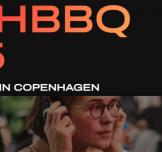






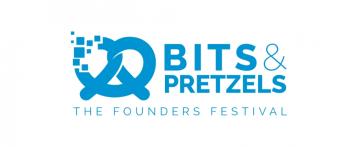

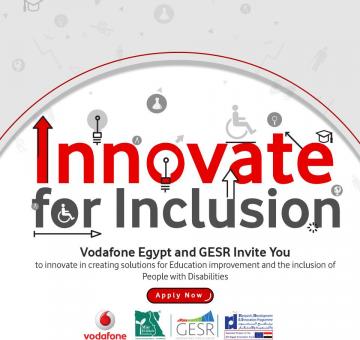






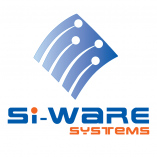
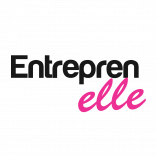







EgyptInnovate site is not responsible for the content of the comments